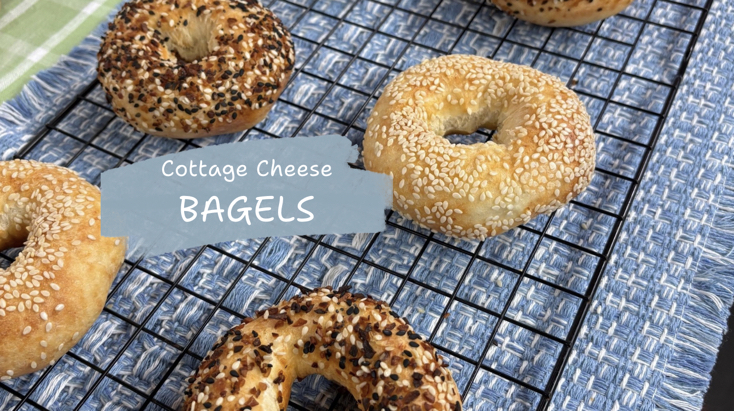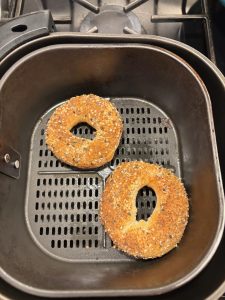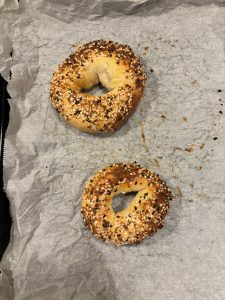 Getting enough protein is important for good health. But can too little or too much affect your risk for Type 2 Diabetes?
Getting enough protein is important for good health. But can too little or too much affect your risk for Type 2 Diabetes?
Background
According to the International Diabetes Federation, China has the largest population with diabetes in the world, and almost half of them are undiagnosed. Researchers from the School of Public Health and Fudan University in Shanghai China were interested in exploring the link between protein intake and the risk of Type 2 Diabetes.
The researchers studied 29,517 adults who did not have diabetes. The average age of the participant was 55 years. The study lasted 5½ years from 2017 to 2022. Each of the participants recorded their usual food intake using a validated food frequency questionnaire.
What the study found
After the 5½ years, 5.1% of the study participants (1511 participants) developed Type 2 Diabetes. Those who developed Type 2 Diabetes tended to be older, had high blood pressure, carried excess weight and / or had a family history of diabetes.
Interestingly, the researchers found a U-shaped association between the risk of developing Type 2 Diabetes and the percent of energy (total daily calories) consumed from protein. In other words, people who ate either too little or too much protein had higher chances of developing Type 2 Diabetes.
Let’s look at this scientific graph, taken from the research paper.

Along the vertical axis is the “Hazard ratio” with a 95% Confidence Interval. The hazard ratio measures the relative risk of something happening, in this case, the risk of developing Type 2 Diabetes. A hazard ratio of 1 (shown as the dotted black line in the graph) means that there is no difference in risk. A hazard ratio higher than 1 means increased risk, and lower than 1 means a decreased risk.
The horizontal axis of the graph is the “Energy from protein” – this is the percent of energy (total daily calories) from protein that a person eats. When protein made up between 12.20% to 16.85% of a person’s total daily calories, the risk of developing Type 2 Diabetes has a hazard ratio of less than 1. This is shown as the bottom part of the letter “U” under the dotted black line in the curve. The risk for developing Type 2 Diabetes increased by up to 1½ times when people ate less than 12.20% or more than 16.85% of their daily total calories from protein. The lowest risk of developing Type 2 Diabetes was observed when protein intake was 14.53% of the daily total calories.
How you can use this info
Protein is an important nutrient for many reasons, including bone health, muscle health and immunity. This research, published in Nutrition Diabetes (June 2025) suggests that eating a certain amount of protein may also lower your chances of developing Type 2 Diabetes.
The study found that eating 12.20% to 16.85% of your total daily calories from protein can be protective against developing Type 2 diabetes. Use this range as a guide.
Here’s a sample calculation showing how you would convert these percentages to grams of protein. The average adult eats about 2000 calories a day. So let’s use that number for this sample calculation.
- For 12.20% of 2000 calories, multiply 0.1220 x 2000 to get 244 calories. One gram of protein contains 4 calories. So divide 244 by 4 to get 61 grams of protein per day.
- For 16.85% of 2000 calories, multiply 0.1685 x 2000 to get 337 calories. One gram of protein contains 4 calories. So divide 337 by 4 to get 84.25 grams of protein per day.
- Among the study participants, the lowest risk for developing Type 2 Diabetes occurred when protein comprised 14.53% of the total daily calories. Let’s do the math again. Multiply 0.1453 x 2000 to get 290.6 calories. One gram of protein contains 4 calories. So divide 290.6 by 4 to get 72.65 grams of protein per day.
In general, if you’re eating about 2000 calories a day, you can aim to eat between 61-84 grams of protein. And the lowest risk for developing Type 2 Diabetes in this study group was found among those who ate 72.65 grams of protein per day. Overall, this translates to eating about 20-25 grams of protein at each meal, which is what I generally recommend for muscle health.
Limitations of this study
- Keep in mind that this study was done on a select group of adults in one specific country. The types of foods consumed by the participants may differ from the foods you typically consume. For example, more than half of the protein eaten by the study participants was plant protein such as soybeans, tofu and nuts.
- Your protein needs may vary depending on other factors such as your health conditions, bone health, physical activity and strength training.
- Diet is just one risk factor for Type 2 Diabetes. Your risk of developing diabetes varies with various factors including family history, diet, physical inactivity, high blood pressure, medications and ethnicity.
- Always check in with your health care provider or a dietitian for personalized advice. Remember, this information is for educational purposes only and is not intended to replace the advice of your health care provider.
Research cited: Xu M, Zheng J, Ying T, Zhu Y, Du J, Li F, Chen B, Liu Y, He G. Dietary protein and risk of type 2 diabetes: findings from a registry-based cohort study and a meta-analysis of prospective cohort studies. Nutr Diabetes. 2025 Jun 3;15(1):25. doi: 10.1038/s41387-025-00380-z. PMID: 40461516; PMCID: PMC12134278. https://pubmed.ncbi.nlm.nih.gov/40461516/
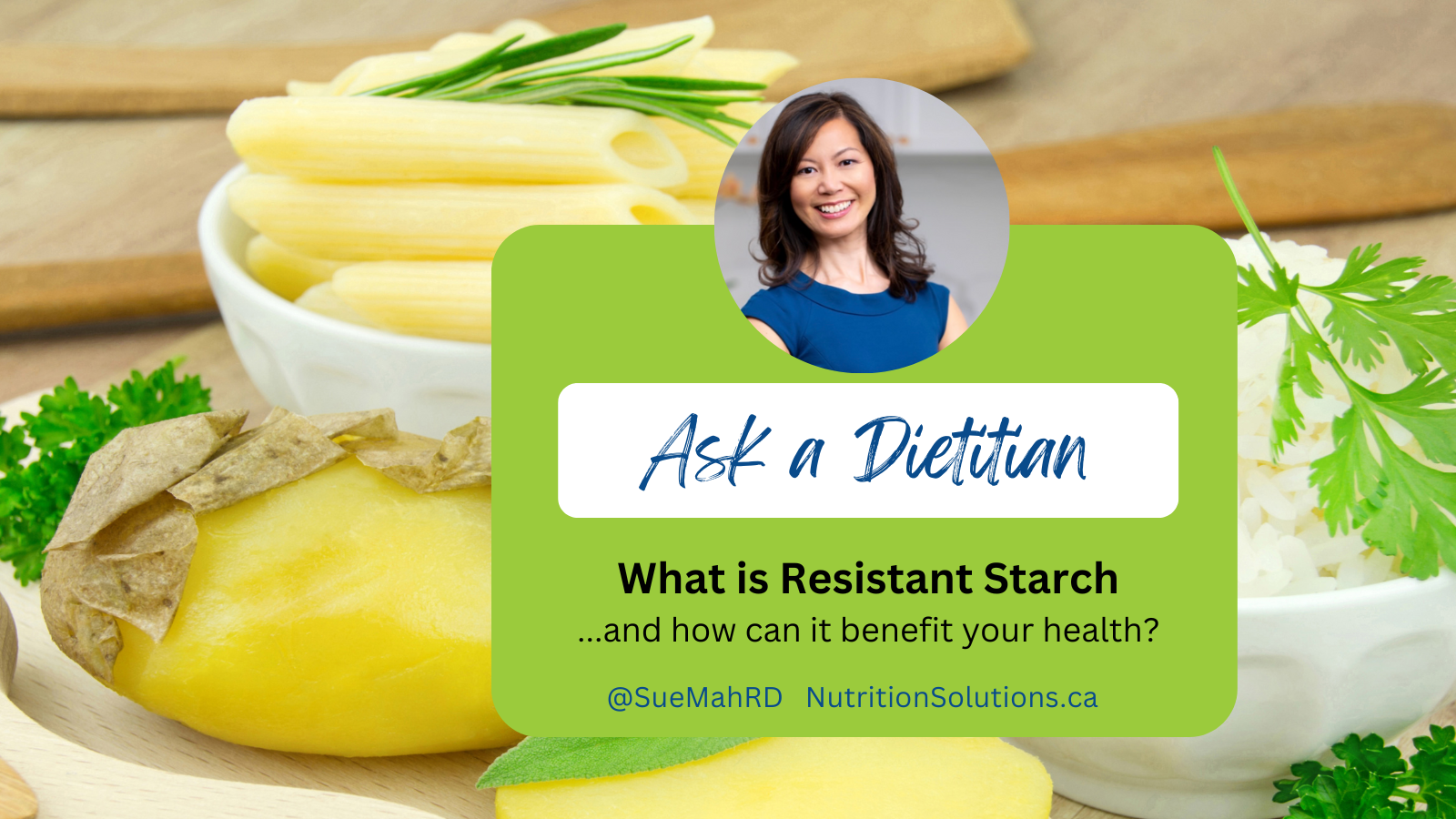 Resistant starch is a type of fibre that resists digestion in the small intestine, and it can have health benefits.
Resistant starch is a type of fibre that resists digestion in the small intestine, and it can have health benefits.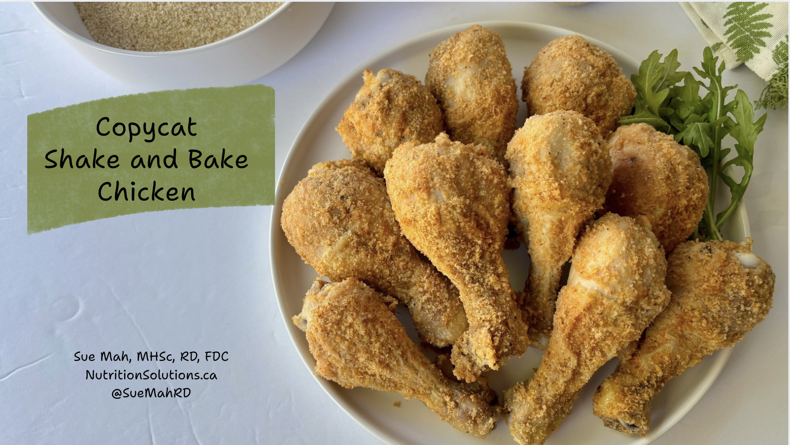
 Do you look at grocery flyers? If yes, the findings of a recent Canadian study may surprise you!
Do you look at grocery flyers? If yes, the findings of a recent Canadian study may surprise you! In September, I presented a webinar in partnership with Osteoporosis Canada – Supplements and Bone Health. You can
In September, I presented a webinar in partnership with Osteoporosis Canada – Supplements and Bone Health. You can 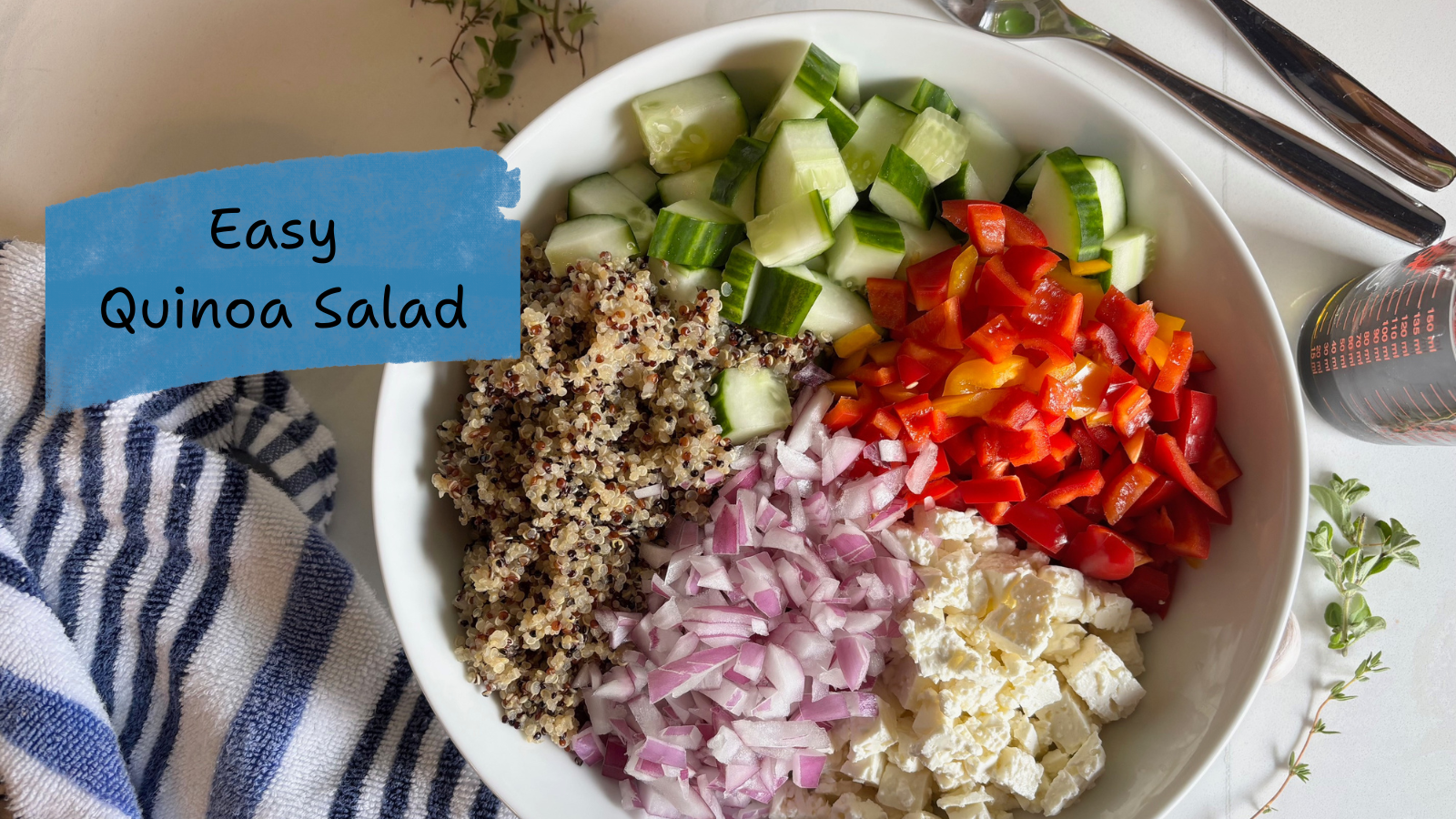
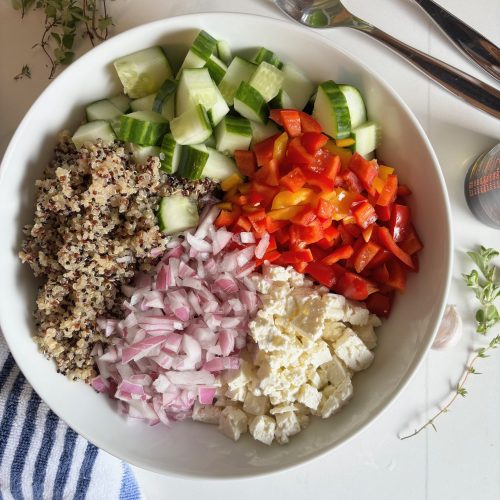
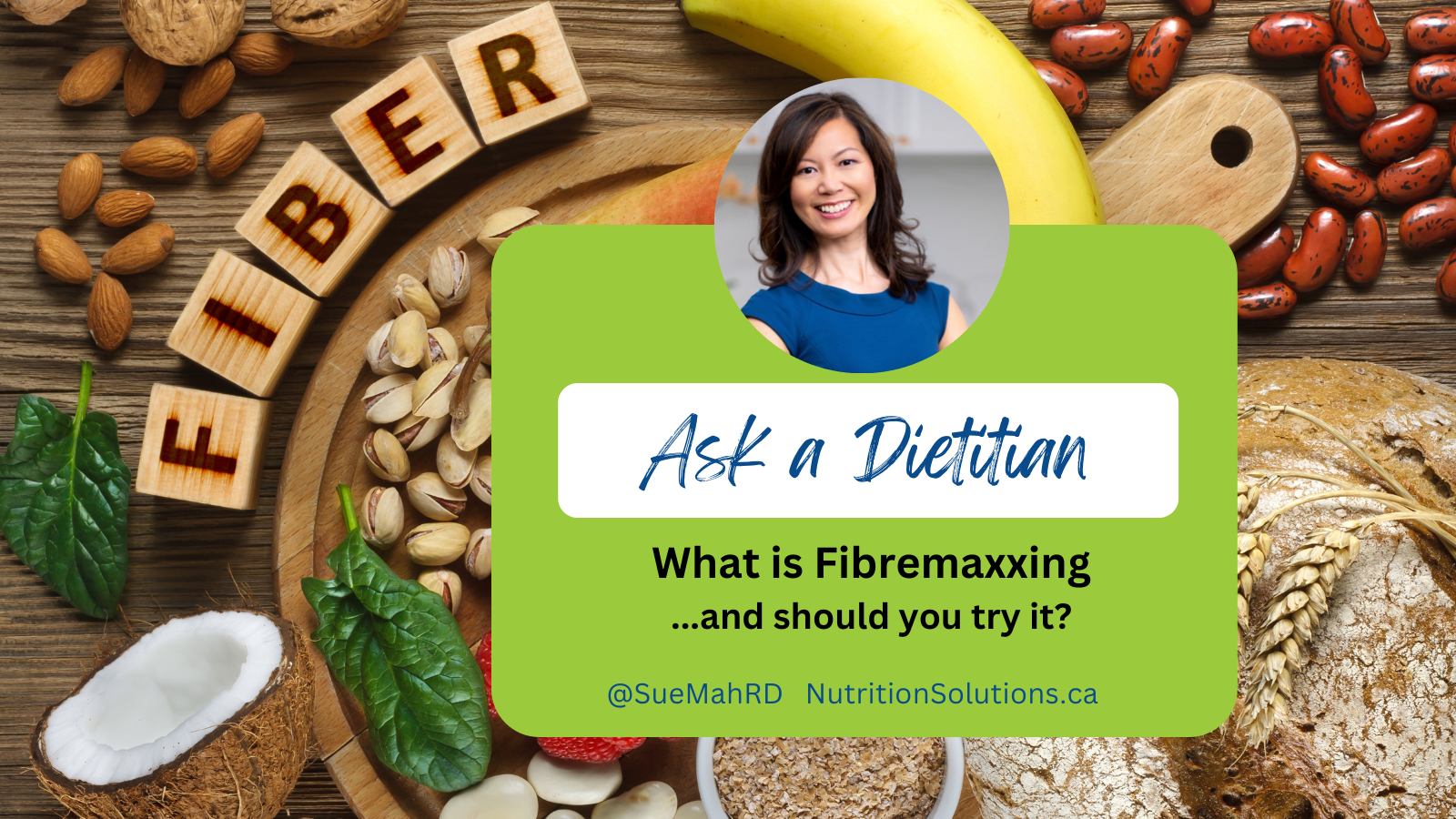
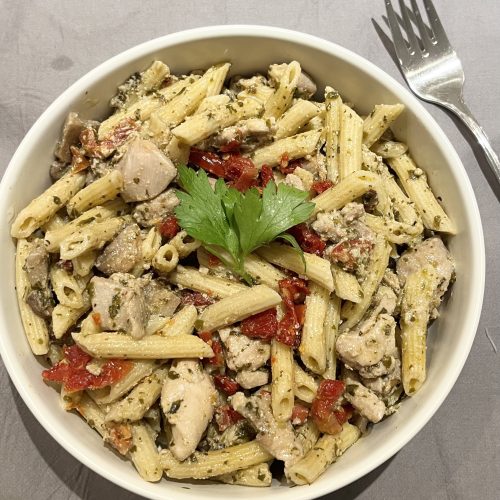
 With summer on the horizon, beverages are trending again, especially coffee beverages. Do you remember the Dalgona Coffee craze back in 2020? Now, Coconut Cloud Coffee is taking over social media.
With summer on the horizon, beverages are trending again, especially coffee beverages. Do you remember the Dalgona Coffee craze back in 2020? Now, Coconut Cloud Coffee is taking over social media.